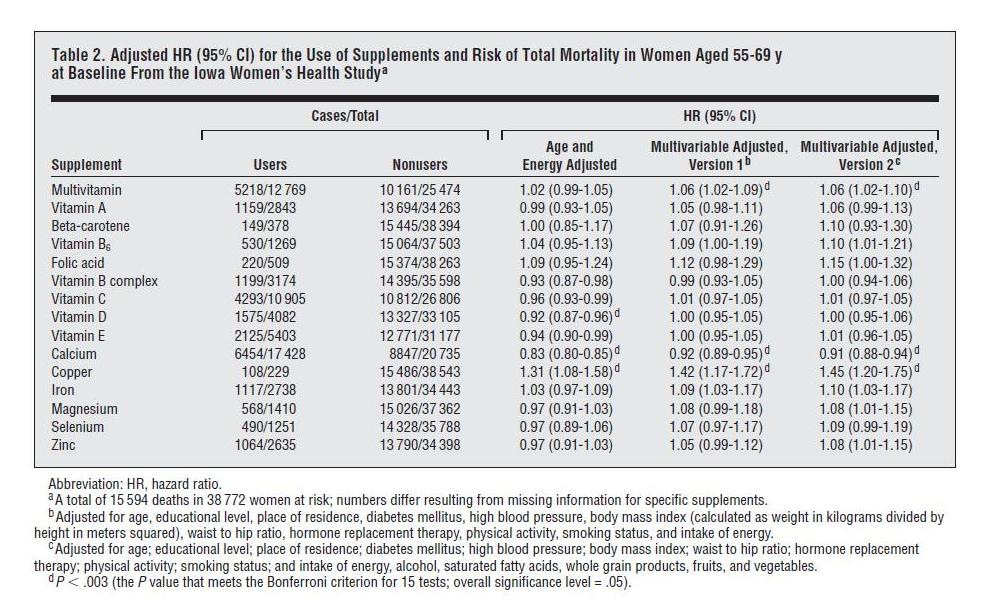A storm today is supposed to turn to snow tonight – one of the earliest snowstorms in memory. Luckily trick-or-treating weather Monday should be perfect.
A few events are coming up. First, I’ll be speaking on Saturday Nov 12 at the Wise Traditions Conference in Dallas, doing the “Wellness Track” from 9:00 am until 12:15 am. The conference will be full of great speakers, including Sally Fallon, Chris Masterjohn, Dr. Joseph Mercola, Natasha Campbell-McBride, Denise Minger, Stephanie Seneff, Dr. Ritchie Shoemaker, Harvey Ussery (Harvey’s wife Ellen is one of our most frequent commenters), and many others. Please consider attending:
The following Saturday, Nov 19, I’ll be speaking at CrossFit NYC. I’ll have details about that next week.
Finally, on Sunday, December 4 at 3 pm I’ll be giving a talk and book signing at Green Meadows Farm in Hamilton, MA.
[1] The “Safe Starch Symposium” continues:
Jimmy Moore is graciously continuing the conversation about safe starches on his blog, with the latest installment coming from Dr. Ron Rosedale. For those keeping score, here’s how the discussion has gone:
- Jimmy’s original seminar on safe starches, featuring Paleo and low-carb luminaries.
- My reply appeared both here and at Jimmy’s. I also wrote a post on how to minimize hyperglycemic toxicity, and offered an appreciation of Dr Kurt Harris.
- Now, Dr Ron Rosedale has replied to my reply, raising interesting questions about the dependence of health on blood glucose levels and on diet.
On Tuesday I’ll explain why Dr Rosedale almost persuaded me to eat a high-carb diet.
Due to personal health considerations, Jimmy won’t be trying an n=1 experiment with safe starches. However, we’ll still develop a 7-day meal plan for those who want to give our diet a try, and Jimmy will invite his readers to try it and share their experiences. That will happen in December, and Shou-Ching and I are looking forward to it.
[2] Music to read by:
[3] Interesting posts this week:
Is radioactive cobalt improving the health of the Japanese?
Stephan Guyenet discusses the brain’s ability to regulate peripheral glucose utilization and lipolysis from fat cells. It makes sense that this would be the case: Apart from the brain’s advantage as a coordinating organ due to its access to signals from nerves, it is also the highest priority destination for glucose, and so the organ best informed about when glucose utilization should be suppressed elsewhere.
Dr Oz has a “Prehistoric Diet Plan”. I think of it as Loren Cordain merged with T. Colin Campbell, and then acquired by the US Department of Agriculture.
Dr Steve Parker reports that intentional weight loss doesn’t reduce risk of death … but it does prevent progression to type 2 diabetes.
Eating a fatty meal causes pythons to grow bigger hearts. Even more interesting, giving mice a transfusion of fed-python blood causes them to grow bigger hearts. Will Tour de France riders be adopting pet pythons?
Another mummy gets diagnosed with prostate cancer. The cancer has to have metastasized to bone to be visible in skeletal evidence. I have not heard of any Paleolithic skeletons containing metastases, but a paleopathologist states that bone cancer has been found in Paleolithic skeletons.
Can going Paleo strain a marriage? It did for Peggy the Primal Parent.
Aaron Blaisdell is teaching UCLA students to eat primally. What’s that illustration on the table?
CarbSane has been chipping in to the safe starches debate (Wednesday, Thursday, and Friday).
Melissa McEwen says, “The no-starch camp is in its death throes” … I prefer to think of it as “the pro-starch camp is in its prime of life”.
Lucas Tafur gives us a reason to put vinegar in our foods: gut bacteria can convert acetate to butyrate.
Chris Kresser warns of the dangers of estrogens in plastic containers.
Emily Deans considers whether ketogenic diets may help bipolar disorder. By the way, Emily is visiting Harvard Law School on Halloween. No word yet on her costume.
Danny Roddy defends fructose against charges it is emaciating.
Do you have heightened formation of fear memories? Randall Parker says you may be hypothyroid.
Bats are being decimated by a fungal infection: millions have died, and “mortality rates are staggering.” Bat physicians, however, insist the fatalities cannot be happening, because their patients do not have compromised immune systems.
“We are Heroes, They are Villains”: a must-read tribute to his students from Seth Roberts. Also, Seth tells us that bees make more honey with kombucha. I wonder how much they would make if given other fermented beverages?
NPR invites a vegetarian to critique the Paleo diet, and Paleo dieters dominate the comment thread.
Australian researchers published an interesting study on the lasting hormonal changes that occur in obesity, even if weight is lost. Weight loss in the obese triggered an immediate 2/3 drop in leptin levels, and a full year after weight loss leptin levels were still depressed by 1/3.
Richard Nikoley … rods … cat o’ nine tails … and a temptress who should have been named “Eve.”
Paul Halliday enters the Mesolithic.
[4] Cute animal photo:
From Oak0y via Meredith Harbour Yetter.
[5] Ah, romance:
[6] The Waterfall of Gulfoss:
[7] Is this a CrossFit exercise?:
[8] Shou-Ching’s Photo-Art:
[9] Weekly video: A new font for dyslexics:
Via Tom Smith.


























Recent Comments